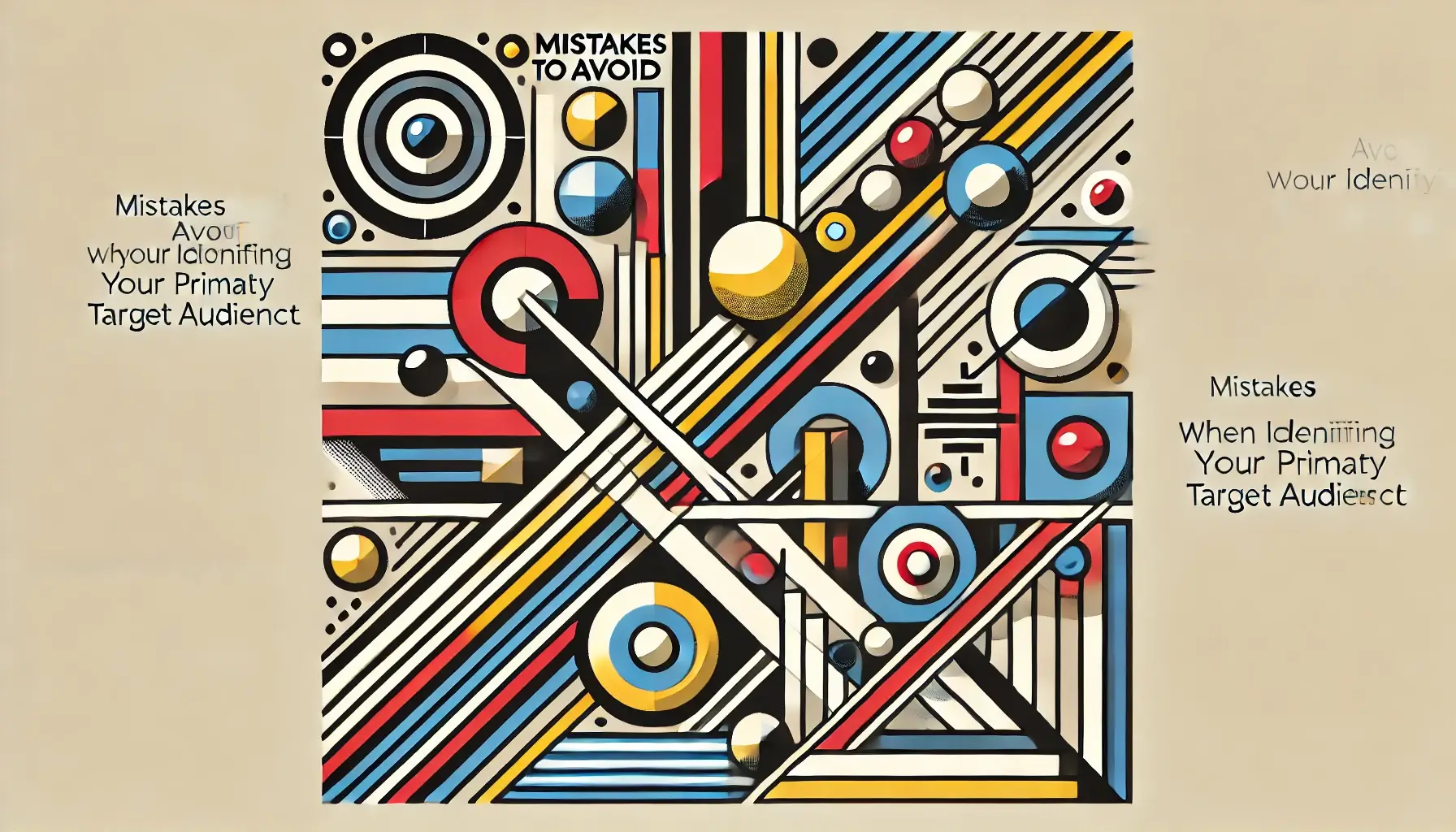
A target audience is a specific group of people most likely to be interested in your product, service, or content.
These aren’t just random individuals – they share common characteristics, interests, or problems that your offering can address.
For example, if you’re a graphic designer creating templates for social media, your target audience might include small business owners and social media managers who want to elevate their online presence.
Read more: Top 10 All-In-One Marketing Platforms for 2025 | CRM & Automation Tools
Knowing your target audience is like having a secret weapon in your marketing arsenal.
Here’s why it’s so crucial:
 Not all target audiences are created equal. Let’s break down the difference between primary and secondary audiences.
Not all target audiences are created equal. Let’s break down the difference between primary and secondary audiences.
Your primary target audience is the cream of the crop – the group most likely to convert and become loyal customers.
These are the people you should be thinking about first when making marketing decisions.
They typically:
For instance, if you’re a digital marketing agency specializing in SEO, your primary target audience might be e-commerce businesses looking to improve their search rankings and increase organic traffic.
Your secondary target audience is still important, but they’re not your main focus.
This group:
Using the same digital marketing agency example, a secondary audience could be small local businesses that aren’t ready for full-scale SEO services but might be interested in educational content or smaller packages.
 Now that we understand the importance of a primary target audience, let’s look at how to identify yours.
Now that we understand the importance of a primary target audience, let’s look at how to identify yours.
Market research is your compass in the audience identification journey.
It involves:
Pro tip: Use tools like Google Analytics, social media insights, and customer surveys to gather data about your audience’s behavior and preferences.
Dive deep into your existing customer data.
Look for patterns in:
Transform your data into vivid customer personas.
These fictional representations of your ideal customers help you visualize and understand your primary target audience.
Include details like:
For example, “Marketing Manager Mary” might be a 35-year-old professional looking for time-saving tools to improve her team’s productivity.
 Even seasoned marketers can stumble when it comes to audience identification.
Even seasoned marketers can stumble when it comes to audience identification.
Here are some pitfalls to watch out for:
Avoid the “one-size-fits-all” approach. Your primary target audience should be specific enough that you can create highly tailored messaging.
Instead of targeting “all small businesses,” focus on “eco-conscious startups in the health and wellness industry.”
Your audience is constantly evolving. Regularly seek and incorporate feedback to keep your understanding of your primary target audience up-to-date.
Use surveys, social media polls, or focus groups to gather insights directly from your audience.
Understanding your primary target audience is the foundation of effective digital marketing.
By clearly defining who you’re trying to reach, you can create more impactful campaigns, design more appealing products, and ultimately grow your business more efficiently.
Remember, identifying your primary target audience is not a one-time task.
As markets evolve and consumer behaviors change, continually refine your understanding to stay ahead of the curve.
With a clear picture of your primary target audience, you’ll be well-equipped to create marketing magic that resonates and converts.